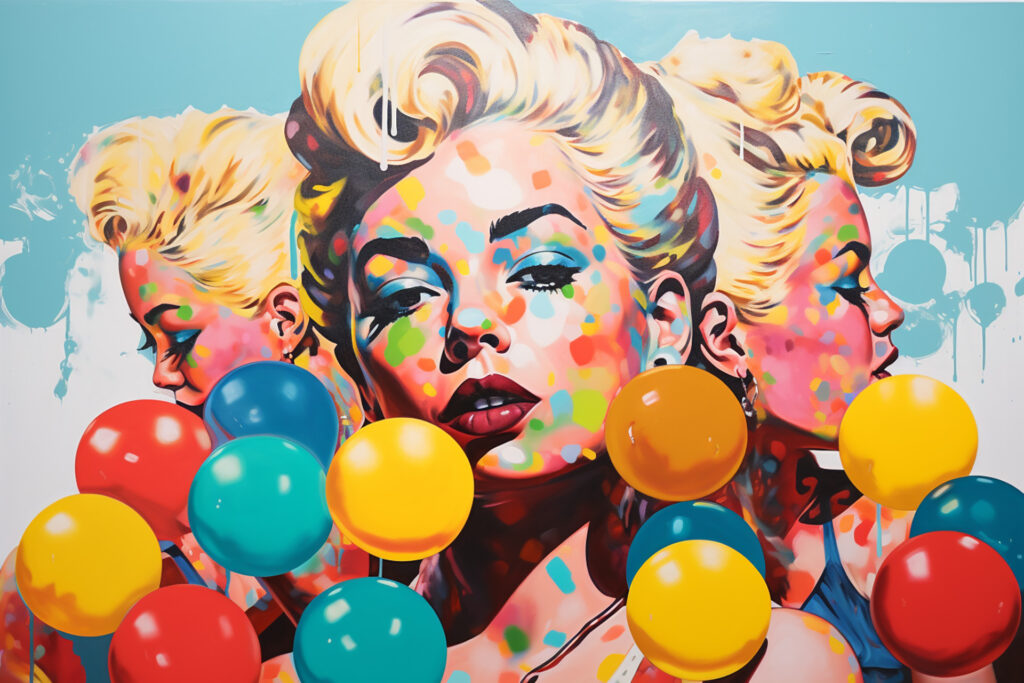In the dynamic world of art and technology, AI-generated art stands at a crossroads. It’s not just a new genre of creativity; it’s a discussion starter, sparking conversations from Silicon Valley to art galleries. This piece explores the ethical, philosophical and legal dimensions of AI art, aiming to engage both the legally inclined and those curious about this digital artistic frontier.
The Heart of AI Art: Creativity Redefined
AI-generated art challenges our traditional notions of creativity. Where does the artist end and the machine begin? This question isn’t just philosophical; it has real legal implications. At its core, AI art raises a fundamental query about who is the true author: the person who designs the algorithm for the software or the person who inputs their directives into the software?
Beyond the Brush: AI’s Impact on Cultural Heritage
AI mirrors the data it’s fed, often reflecting and amplifying biases. In the art world, this raises significant ethical concerns. How do we ensure AI art respects cultural diversity and avoids stereotyping? This isn’t just about algorithms; it’s about the values we embed within them.
AI’s role in art isn’t just about creating new pieces. It’s also about how these creations interact with and potentially transform cultural expressions. The authenticity and integrity of cultural artworks become crucial in this context, sparking a dialogue between tradition and technology.
How will AI art be perceived in the future? Will it be embraced as a new form of expression, or will it remain a digital curiosity? These questions aren’t just theoretical; they have real implications for artists and the art market. AI art might democratize creativity, but what does that mean for traditional artists and their livelihoods?
The Legal Canvas: Copyrights and AI Creations
The legal landscape around AI-generated art is as complex as a Picasso. Current copyright laws are built around human authorship. What happens if the AI-generated art offends someone or violates another person’s rights – who is responsible? The debate isn’t settled, but it’s clear that legal frameworks need to evolve alongside these technological advancements. But, if the AI uses copyrighted or trademarked content, it becomes the responsibility of the AI’s creator to negotiate agreements with the original content owners. This approach minimizes legal risks associated with the use of protected materials in AI-generated art.
Redefining the Artistic Landscape: Legal Actions Involving AI-Generated Art
In Warhol v. Goldsmith, the Supreme Court ruled that Andy Warhol infringed on Lynn Goldsmith’s copyright when he created a series of silk screen images based on a photograph taken by Goldsmith. This case, and others like it, might lead to changes in how we understand our current laws, especially those about AI art. There have been a series of litigation where artists sue AI companies for AI-generated art based on their original works. Our current laws don’t fully cover the issues brought up by new AI technology, so people who use or create AI art should look out for legal updates soon.
Conclusion: A Mosaic of Questions
AI-generated art isn’t just a new type of art; it’s a catalyst for a broader conversation about creativity, ethics and the law. As we stand at this intersection, it’s clear that our journey with AI in the art world is just beginning, filled with as many questions as possibilities.


